In the Northern part of the enchanting Val d’Orcia lies the wonderful medieval town of Montalcino, home to one of the world’s most esteemed red wines, the Brunello di Montalcino. This extraordinary wine is renowned for its elegance and for its complexity, is crafted from the Sangiovese grape, specifically a variety known as Sangiovese Grosso. The origins of the Brunello can be traced back to the 19th century when a local winemaker, Ferruccio Biondi-Santi, first produced this wine.
The process of wine-tasting in a Brunello di Montalcino winery is a journey that immerses all your senses in the rich history, tradition, and terroir of the region. As you arrive at the winery, you will often be greeted by the sight of vine-covered hillsides basking in the warm Tuscan sun. The winery, typically nestled among the vineyards, exudes rustic charm and timeless elegance.
For more information, send an email to valdorciaskies@gmail.com or contact @valdorciaskies on Instagram.
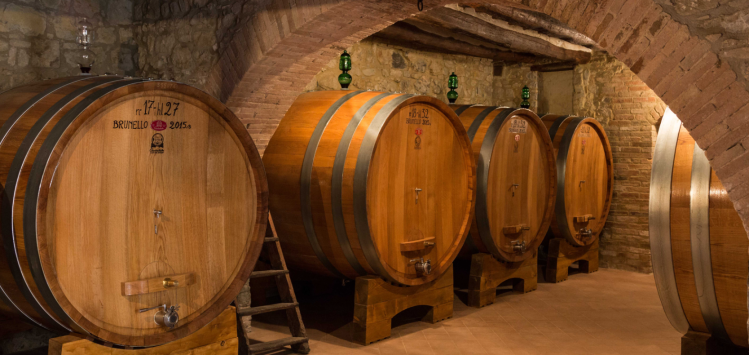
There are around 250 vintners producing Brunello di Montalcino (all of them in the Montalcino municipality), from family-run wineries to world-famous names. No matter how big or small they are, they will make their red nectars following the strict guidelines of the Consorzio del Vino Brunello di Montalcino, the authority that regulates every single step of the production process. Personally, I prefer visiting smaller wineries, because there you can feel all the passion for the wine, the territory, the work of turning the grapes into a stupendous nectar, and the master vintners will do their very best to have you understand and appreciate the results of their efforts. On the other hand, bigger wineries are usually more organized and may offer more services, albeit at a higher price.
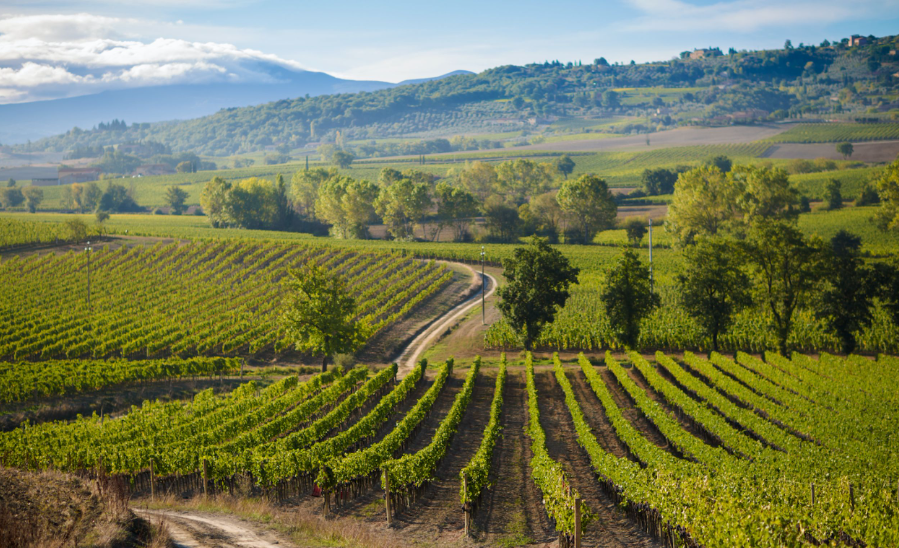
Each winery offers its own specific approach and services, based on the type of wine-tasting experience you have booked. For this reason, I would advise that you contact the winery beforehand asking about what’s included in the package, and inform them of specific needs you may have (like, for example, one or more members of your group not drinking wine, and thus if it’s possible to have some tea or coffee for them instead). Usually, most wine-tastings include some snacks (mostly local – and excellent! – products, like pecorino cheese, ham, salami, finocchiona, mortadella, served with bread or ciaccino), and some will even offer the possibility to have lunch or dinner at their premises, or directly in the vineyard. Of course, prices vary based on the number and quality of services included in the package, but normally basic wine-tastings start at around €20 euros, and may reach €150 or even more. However, even the most basic options will give you a very good understanding of the wines, the processes, and the territory, so whatever your choice, you will not be disappointed (and won’t leave the premises thirsty).
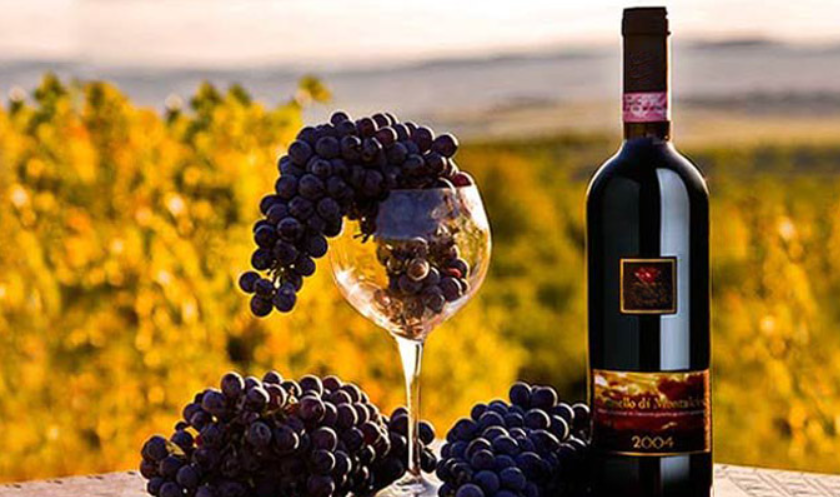
Upon entering the winery, visitors are welcomed by knowledgeable staff, and sometimes by the master vintners themselves, who guide them through the tasting experience. Before delving into the wines, a brief overview of the winemaking process and the unique characteristics of the Brunello di Montalcino is provided. This sets the stage for a deeper appreciation of what is to come.
Usually, the tasting begins with the winery’s entry-level wines. Often the first wines you will taste are some Rosso di Montalcino (literally: Montalcino Red). And yes, the Brunello too is a red wine, but the Rosso di Montalcino is different. They’re like two brothers: one younger, less formal, but strong in mind and body and extremely promising, while the older is perfect in every aspect, because time has taught him how to behave in every situation.
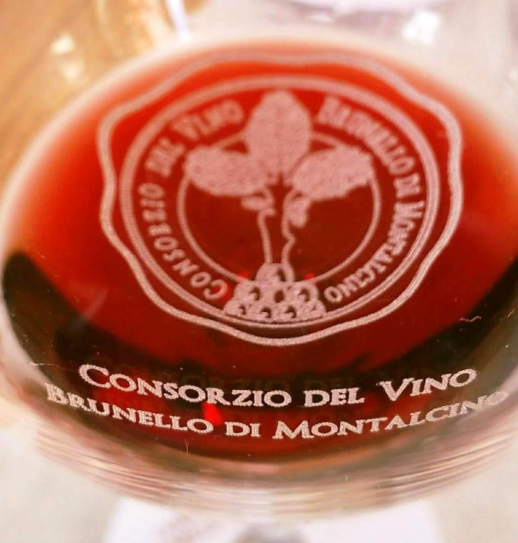
The Rosso di Montalcino DOC (Denominazione di Origine Controllata: controlled designation of origin) is entirely made of Sangiovese grapes, just like its ‘older brother’ the Brunello, but it can reach store shelves at the beginning of the month of September of the year after the harvesting of the grapes from which it was born. Despite not being as prestigious as Brunello, Rosso di Montalcino wines still showcase the hallmark traits of the region – vibrant acidity, supple tannins, and expressive fruit flavours. The Rosso di Montalcino is a great wine, and no mistake.
As the tasting progresses, the Brunello di Montalcino DOCG (Denominazione di Origine Controllata e Garantita: controlled and guaranteed designation of origin, the highest classification in Italy), the real star of the show, enters the stage. Its production area lies entirely within the territory of the municipality of Montalcino; it has a total surface area of 243.62 square kilometres, is bordered by the valleys of the Orcia, Asso and Ombrone rivers and rises altimetrically from 120 metres above sea level along the rivers to 650 metres near Poggio Civitella. The climate is Mediterranean, tending to be dry. Vinification, storage, ageing in wood, bottle ageing and bottling must be carried out exclusively in the production area. Bottles must be Bordeaux-style, made of dark glass and closed with a one-piece cork.
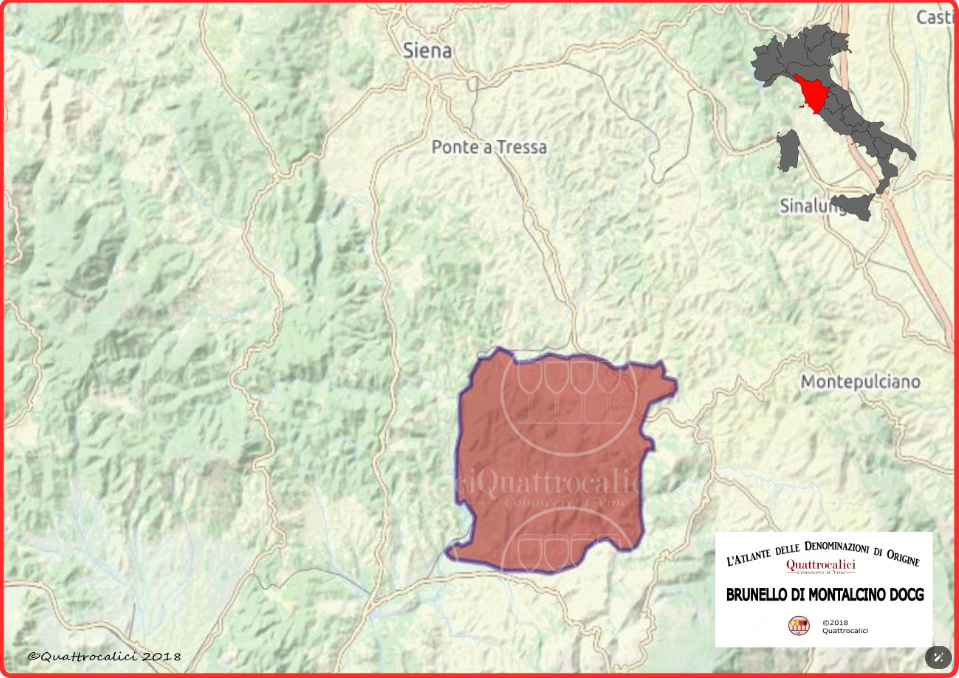
This most excellent wine becomes Brunello di Montalcino only after it has aged for a minimum of five years (with at least two years in oak barrels), epitomizes the pinnacle of winemaking excellence in Montalcino. The Brunello Riserva must age for a minimum of six years (with at least two years in oak barrels). Each sip reveals layers of complexity, with notes of ripe cherry, leather, tobacco, and earth intertwined with hints of spice and floral aromatics. The palate is greeted by velvety tannins and a harmonious balance of fruit, acidity, and structure, culminating in a lingering, nuanced finish. All the years spent waiting for the juice of the Sangiovese grapes to become Brunello di Montalcino are indeed time well spent…
What sets the Brunello di Montalcino apart from most other wines is its flavour profile and its ability to evolve and improve with age. While delightful in its youth, the Brunello possesses the potential to age gracefully for decades, developing greater complexity and depth over time. This ageing potential is a testament to the meticulous craftsmanship of the winemakers and the unique microclimate and soil composition of the area where all the phases of the production process take place.
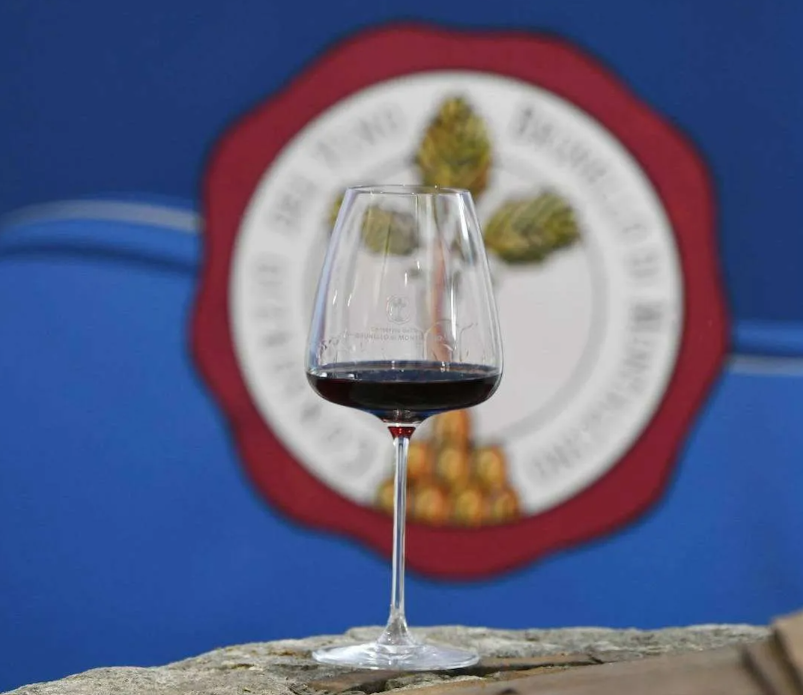
Visitors, in between tastings, are often treated to insights into the wine-making process, from vine to bottle. They may tour the vineyards, witnessing firsthand the care and attention lavished upon the vines throughout the growing season. In the cellar, oak barrels line the walls, where the wine undergoes fermentation and ageing, imparting subtle nuances of flavour and texture. Again, I strongly suggest you ask the winery which services are included in each of the packages they offer.
Needless to say, throughout the tasting experience, conversation flows freely, punctuated by moments of quiet contemplation as guests savour each sip and reflect on the sensory journey they are experiencing. Whether you are a novice to the world of wine, or a lover of this nectar which ancient Greeks and Romans already knew how to make, you will not fail to appreciate the artistry behind the Brunello di Montalcino.
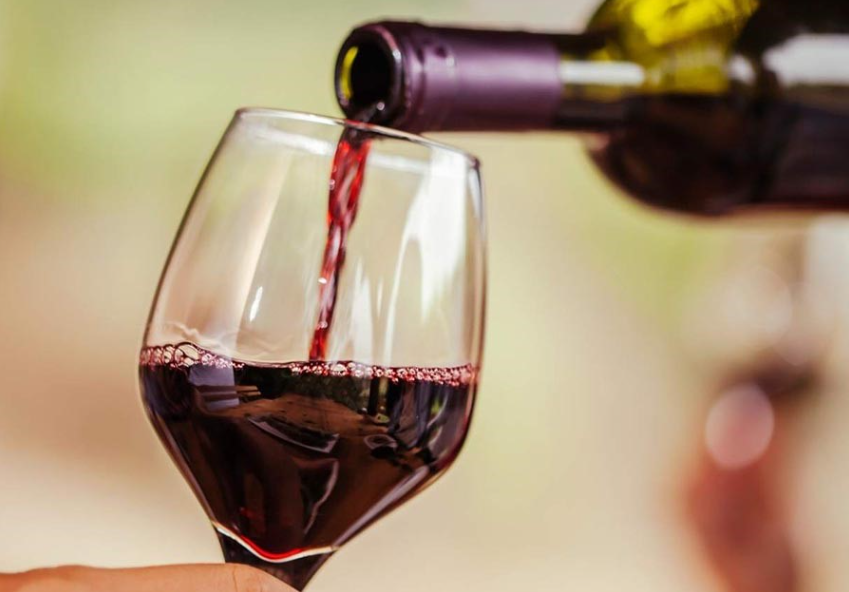
Most – but not all – wineries sell directly and give guests the opportunity to buy bottles of their favourite wines, taking a piece of Montalcino’s terroir home with them to be enjoyed and shared with loved ones. With each bottle, they carry not only the essence of the wine but also memories of a truly unforgettable tasting experience in the heart of the Val d’Orcia, probably the most beautiful area in the whole Tuscany.
A wine-tasting in a Brunello di Montalcino winery is a multi-sensory journey that celebrates the rich heritage and unparalleled quality of this esteemed wine. From the historic origins of the region to the complex flavours and aromas found in each glass, it is an experience that leaves a lasting impression on anyone who partakes.
Wineries offering wine-tasting
There are so many wineries offering the possibility for a wine-tasting experience (at different prices, and with different services), that I will not even try to cover them all. The ones listed below are among my favourites, but you will find a lot more with a simple google search. Compare them and find which one is perfect for you.

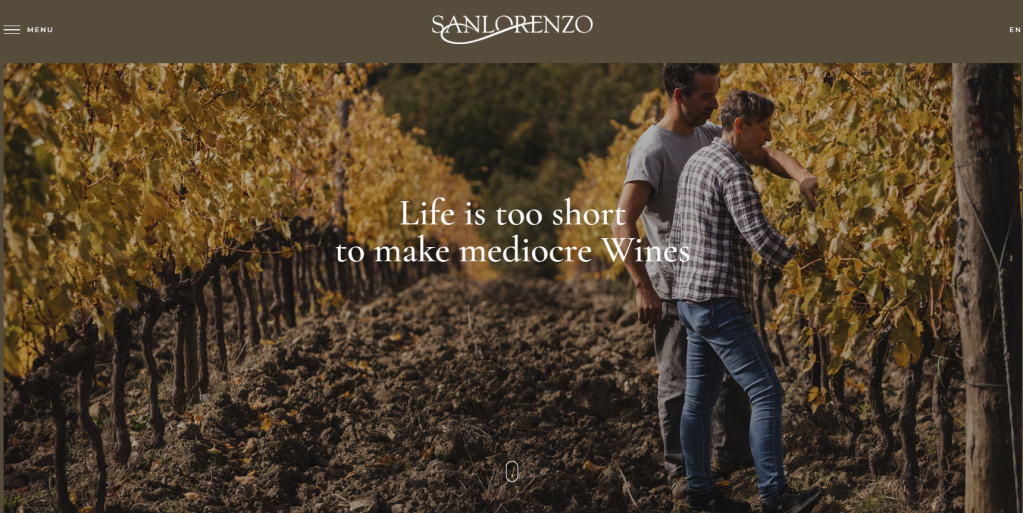
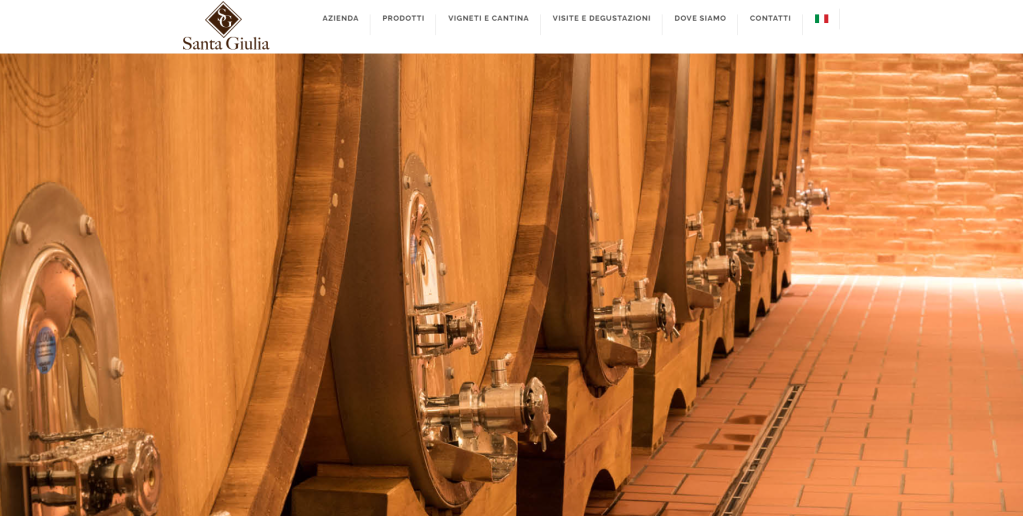
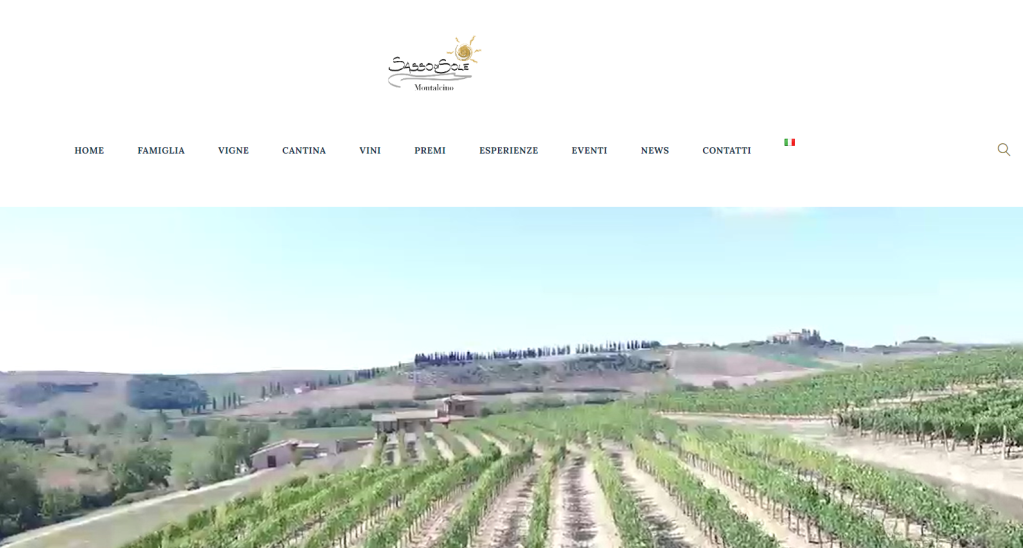
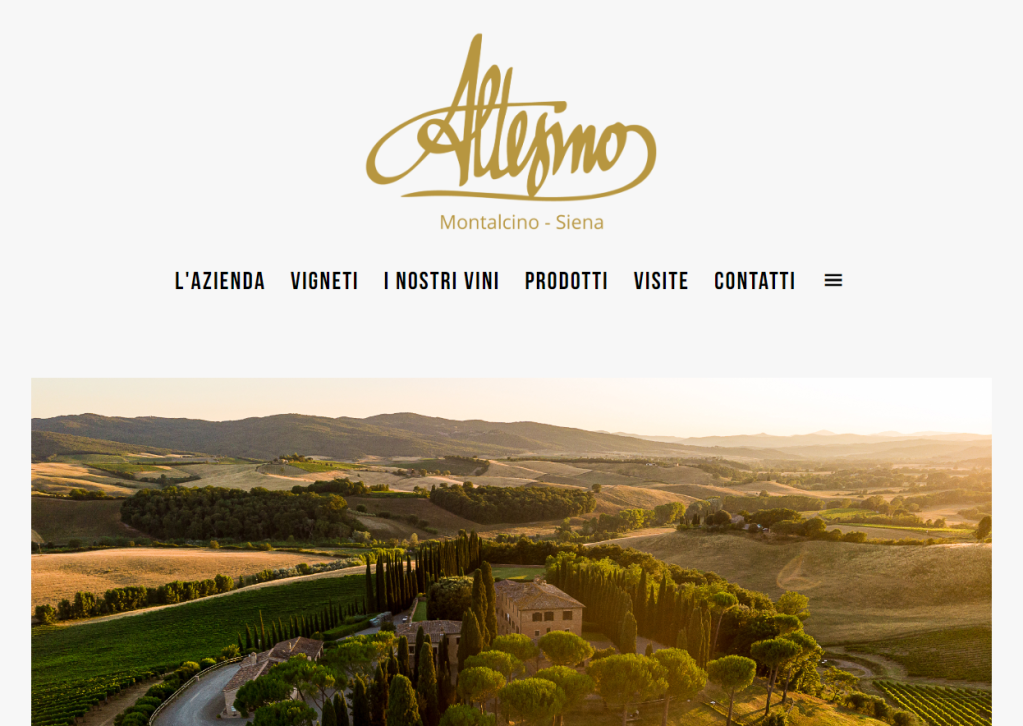


2 pensieri riguardo “Itineraries: Going wine-tasting in Brunello di Montalcino Wineries”